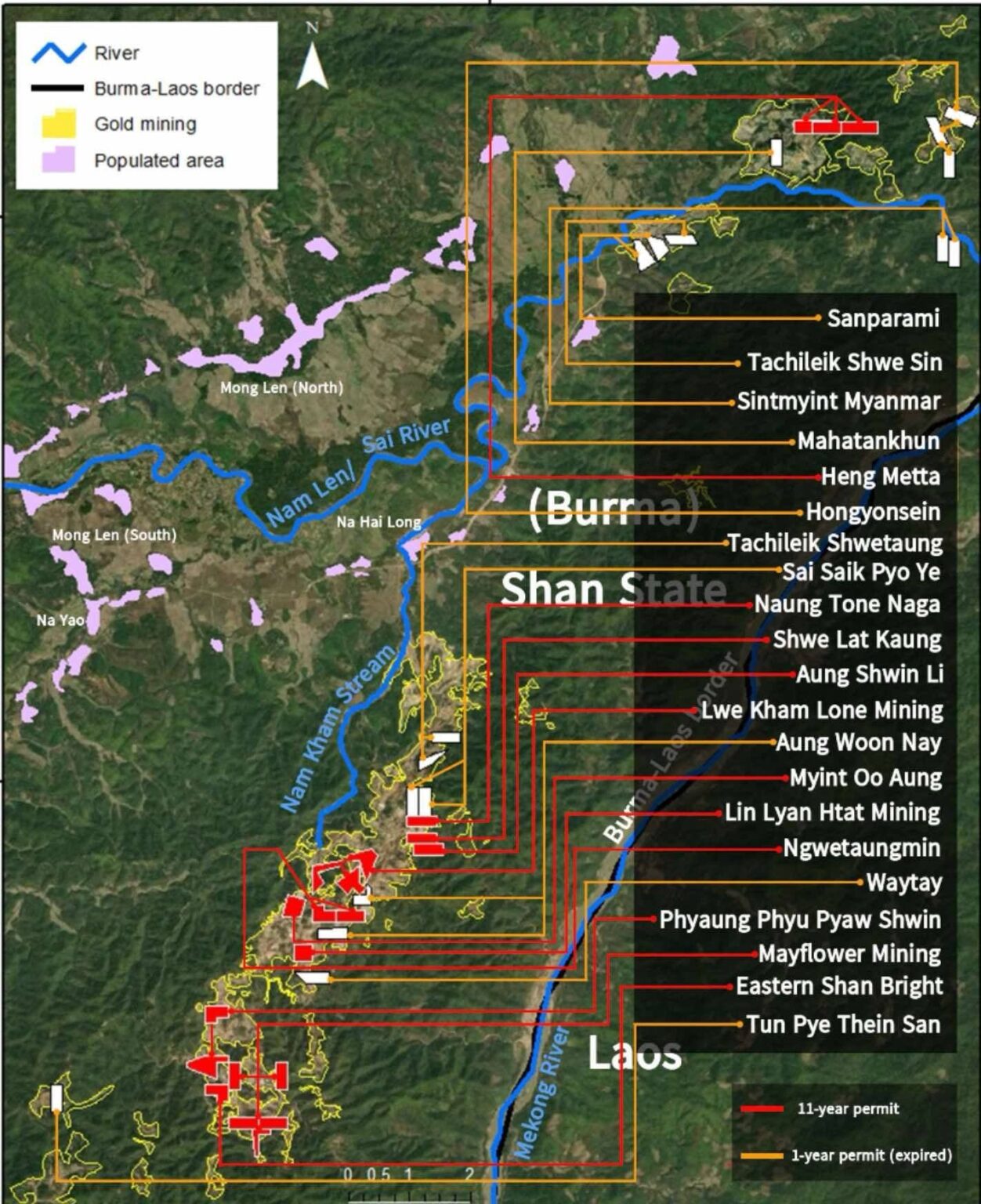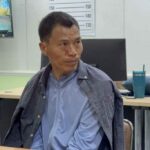Chiang Rai -A recent meeting at Mae Fah Luang University brought together local leaders, academics, and military representatives to discuss heavy metal pollution in the Kok and Sai rivers.
Residents from Chiang Rai and Chiang Mai voiced strong worries about contamination linked to upstream mining in Shan State, Myanmar. Much of this mining is for rare earth minerals, gold, manganese, and coal, and is backed by Chinese investment, with some involvement from Australian, Russian, and Italian companies.
Speakers highlighted that over 300 mining projects have operated across northern and eastern Shan State since 2021, most situated near the origins of the Kok, Sai, and Ruak rivers. Mining activity has increased since the Myanmar government granted concessions, with many sites now extracting rare earth minerals and other resources.
The areas affected include regions just across from Mae Hong Son, Chiang Rai, and Chiang Mai.
Most mining operations are foreign-funded. Chinese companies dominate, but others from Australia, Russia, and Italy also play a part. Reports say gold mining opposite Tha Ton in Chiang Mai runs 24 hours a day, managed by four large Chinese firms.
Gold mining also continues in areas controlled by the Shan and Wa States. Manganese mines have been active north of the Sai River, with large stocks visible near waste treatment ponds. In 2012, these mines extracted 4,900 tonnes of manganese; by 2019, the figure had risen to 135,000 tonnes.
Chiang Rai Locals have reported contaminated water and muddy rivers since early last year. Concerns are growing over high manganese levels found in water imported from Myanmar, which exceed safe standards, requiring treatment before use.

Along the Kok River, more than 100 gold mining companies are active. Only 21 have official permits from the government in Naypyidaw. The rest operate without clear oversight. Cyanide—used in gold extraction—has caused widespread environmental harm, affecting both land and water.
Chiang Rai residents have tried to raise these issues with authorities in Shan State and Naypyidaw, but mining continues to spread. Attempts to build a power plant in Tachilek were cancelled after protests from Thai communities, yet mining still affects the border regions.
At the meeting, local leaders shared that arsenic contamination had already damaged the Kok River ecosystem. Many feared the situation would worsen, even affecting those not directly using river water. Irrigation, shallow wells, and groundwater used in farming might all be at risk. Fish populations have dropped as rivers turn cloudy. Tourism has declined, and riverside communities are struggling.
Participants called for regular blood testing for people in high-risk zones. They want a water filtration system to remove arsenic and stronger cooperation between Thai and Myanmar agencies. Sharing information, creating joint action plans, and setting up a coordination centre were key suggestions. The aim is to respond quickly to chemical pollution and support those affected.
Military officials and other stakeholders in Chiang Rai pledged to review the information, prepare reports for the government, and push for solutions that involve all sides. Everyone agreed that only working together would help protect the rivers and the people who rely on them.
Related News:
Chiang Rai Fisheries Office and Local Expert Warn Over Mercury in Kok River Fish

Geoff Thomas is an award winning journalist known for his sharp insights and no-nonsense reporting style. Over the years he has worked for Reuters and the Canadian Press covering everything from political scandals to human interest stories. He brings a clear and direct approach to his work.












